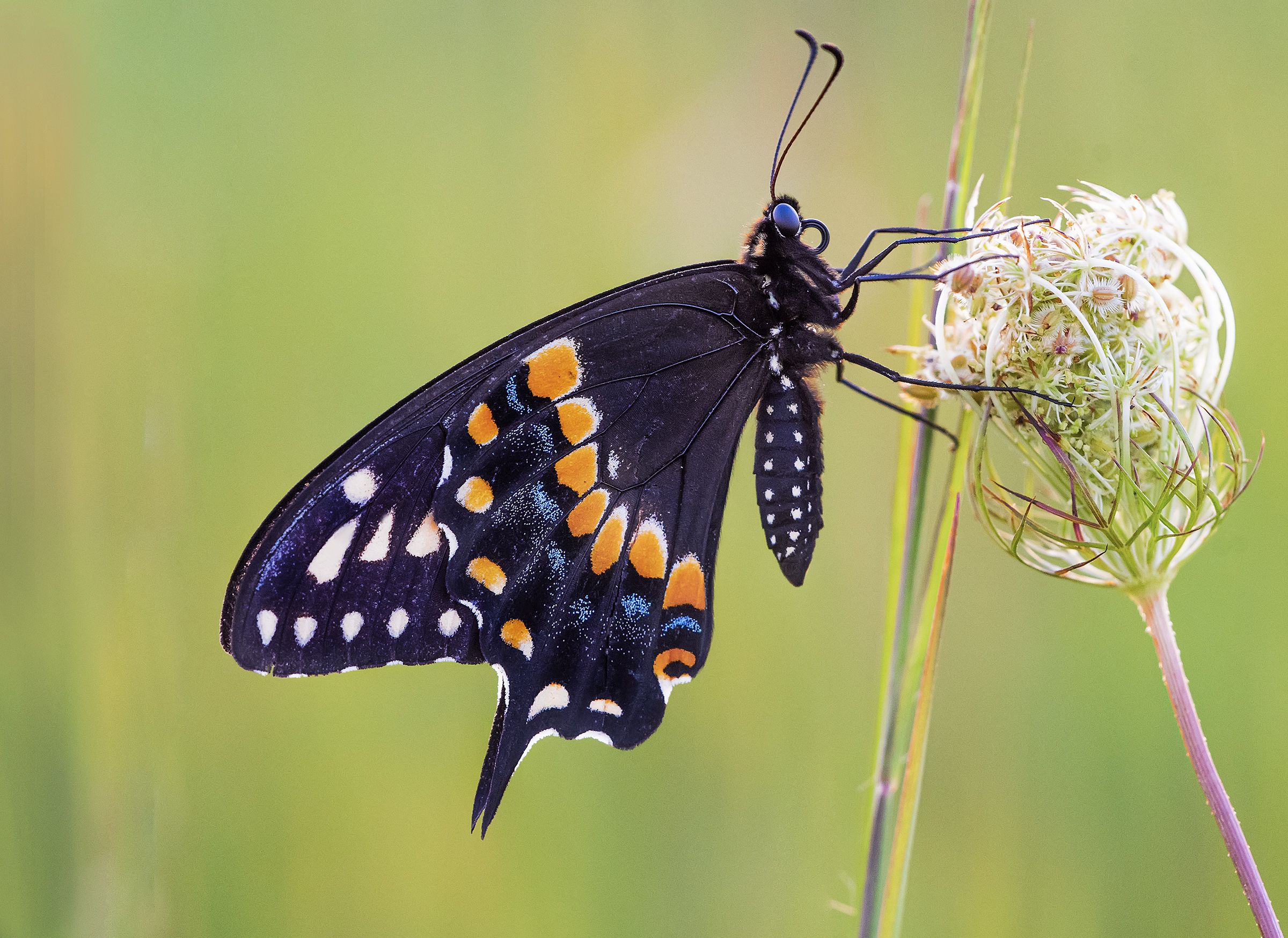The Black Swallowtail Butterfly (Papilio polyxenes) is a captivating and graceful insect that graces the skies of North America with its elegant presence. With its striking black wings adorned with bright yellow spots and delicate blue crescents, this butterfly is a sight to behold. Let’s delve into the fascinating world of the Black Swallowtail and explore its life cycle, habitat, behavior, and its role in North America’s ecosystem.
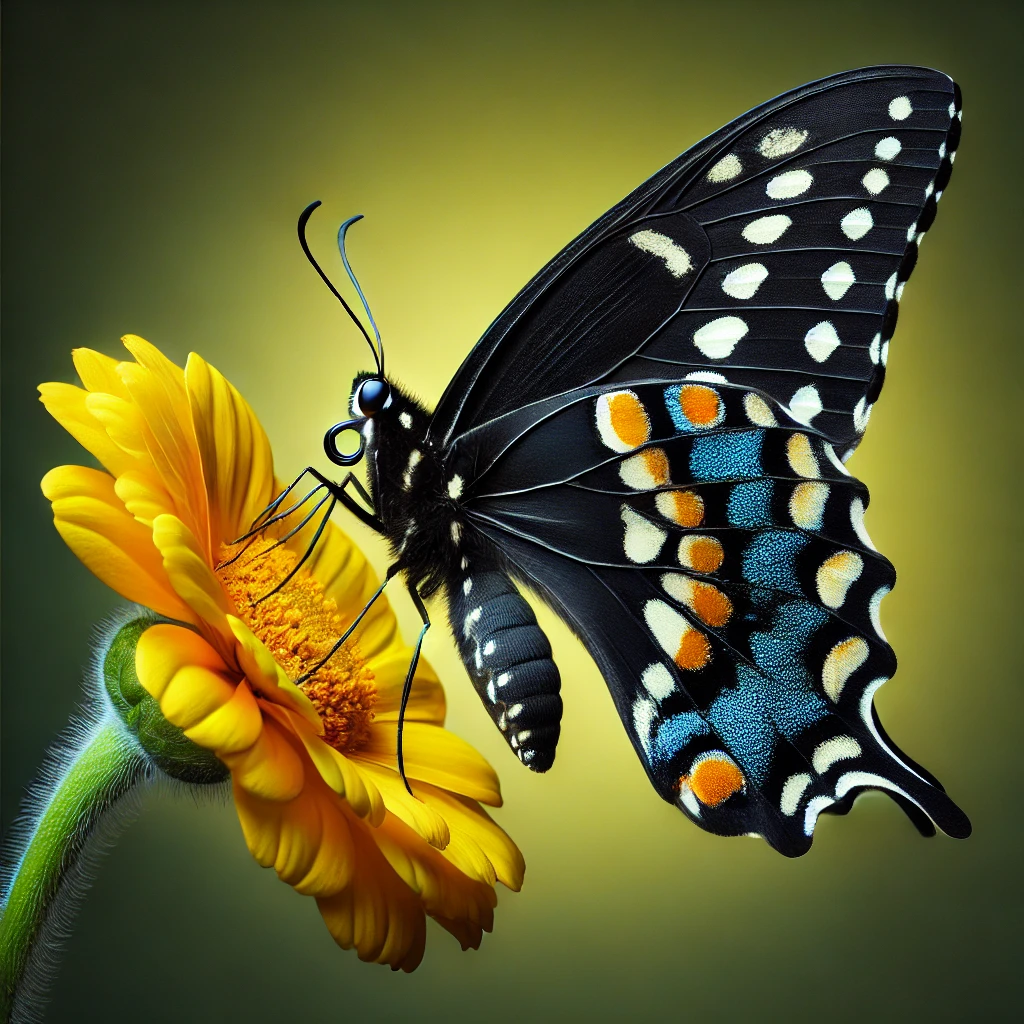
Appearance and Identification
The Black Swallowtail Butterfly is a medium-sized butterfly with a wingspan ranging from 3 to 4 inches. The upper side of its wings is a velvety black color, which gives the species its name. On the forewings, you’ll find two rows of bright yellow spots, while the hind wings display a beautiful row of iridescent blue crescents. The combination of black, yellow, and blue markings makes the Black Swallowtail one of the most visually striking butterflies in North America.
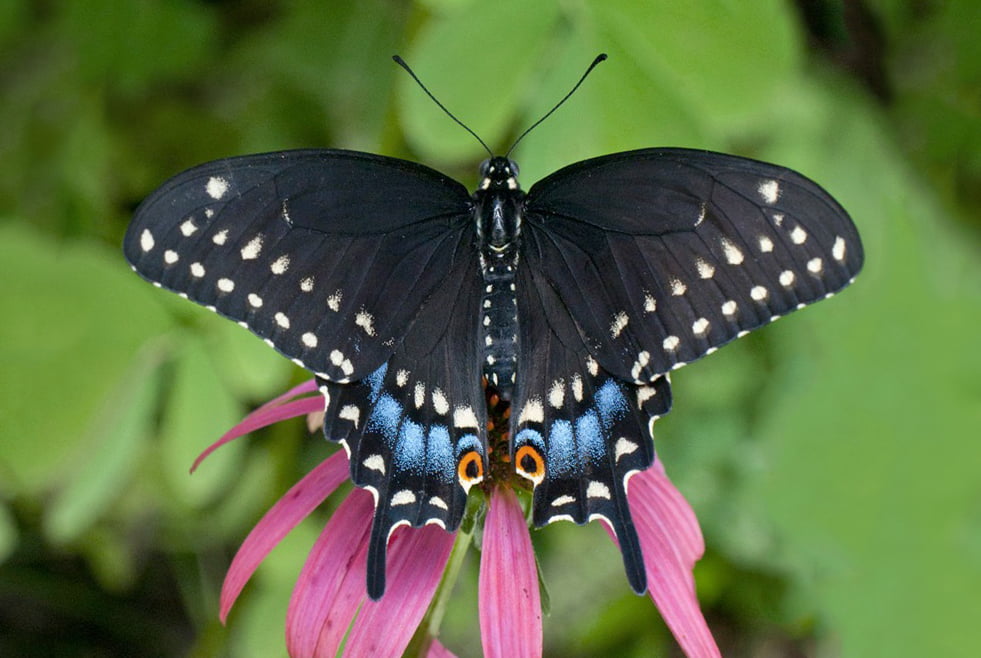
Life Cycle and Behavior
Like all butterflies, the Black Swallowtail undergoes a fascinating metamorphosis from egg to caterpillar, chrysalis, and finally, the adult butterfly. Female butterflies lay their tiny green eggs on the leaves of host plants, which include members of the carrot family (Apiaceae) such as parsley, dill, fennel, and Queen Anne’s lace. Once the caterpillar hatches from the egg, it goes through several instars, shedding its skin as it grows, and exhibits unique color patterns at each stage.
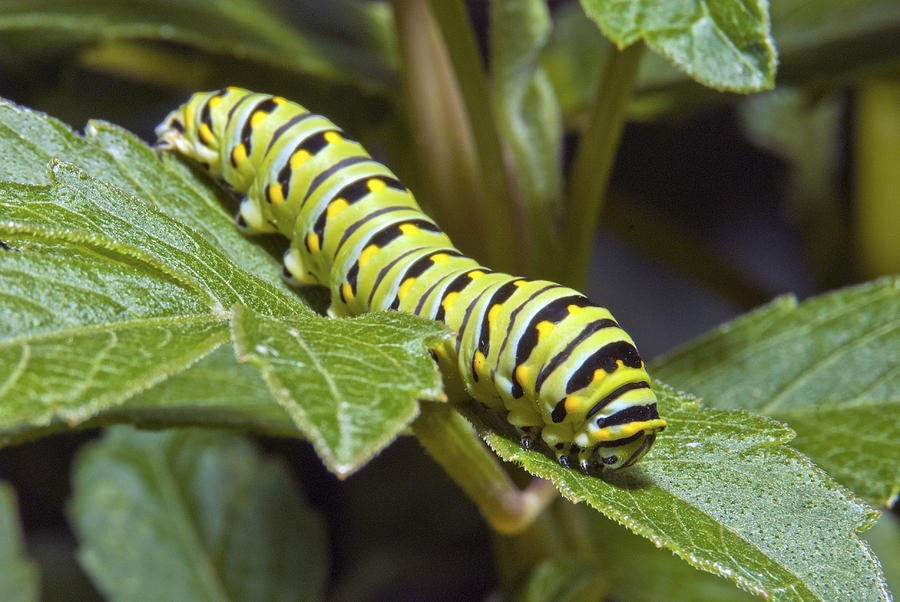
The mature caterpillar displays eye-catching black and green stripes with a striking orange “Y” shape behind its head, often resembling the face of a snake, serving as a defense mechanism against potential predators. After feeding voraciously on the host plant, the caterpillar eventually pupates into a chrysalis, a hardened protective casing, where the metamorphosis into an adult butterfly takes place.
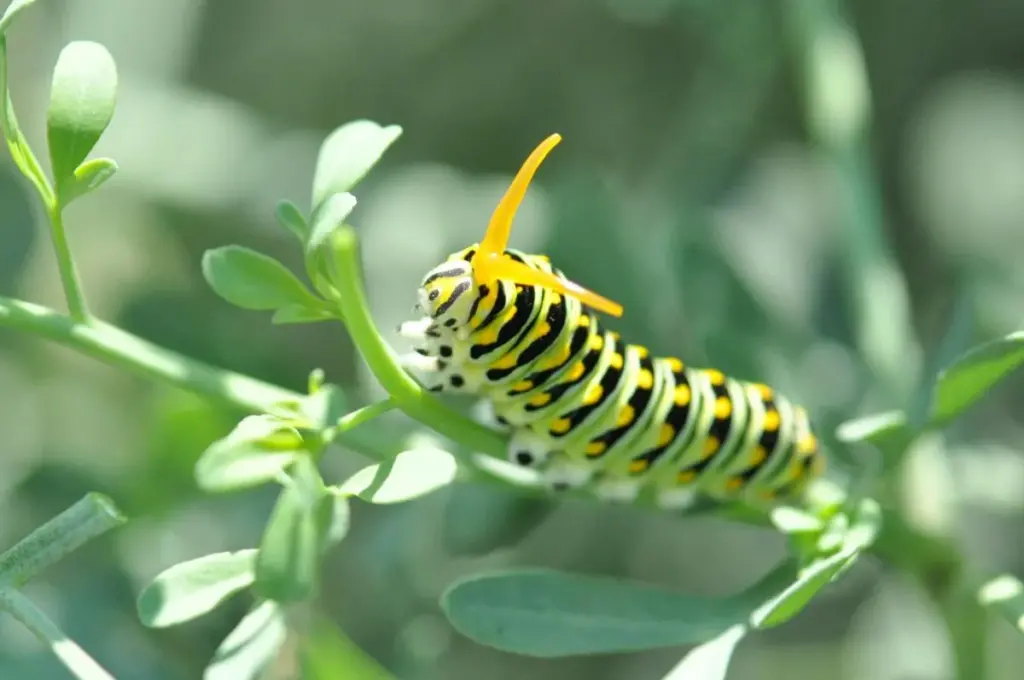
Habitat and Distribution
The Black Swallowtail Butterfly is widely distributed across North America, ranging from southern Canada down to northern Mexico. It can be found in a variety of habitats, including gardens, meadows, fields, and open woodlands. This species is particularly fond of areas with abundant flowering plants and its larval host plants.
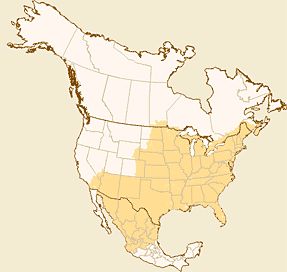
Role in the Ecosystem
The Black Swallowtail Butterfly plays a crucial role in the ecosystem as a pollinator. As they flit from one flower to another in search of nectar, they inadvertently transfer pollen between plants, aiding in the fertilization process. This essential role makes them valuable contributors to the diversity and health of the flora in their habitats.
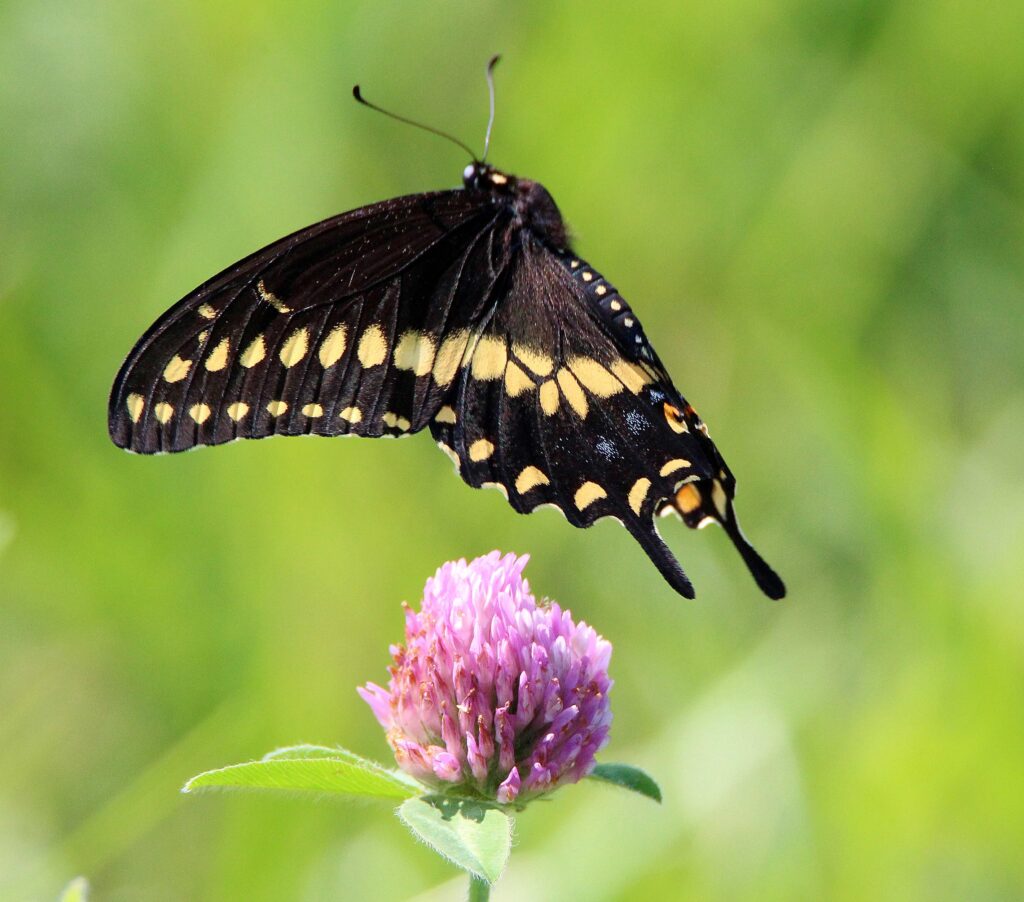
Conservation and Threats
While the Black Swallowtail Butterfly is not currently classified as endangered, like many other butterfly species, it faces threats due to habitat loss and degradation. Urbanization, agriculture, and land development can lead to the destruction of native plant species, resulting in a decline in host plants for the caterpillars and nectar sources for adult butterflies.

Larval Host Plant
The larval host plant for the Black Swallowtail Butterfly belongs to the Apiaceae family. The primary host plants are herbs and plants from the carrot family, which includes various species like dill, fennel, and parsley. Growing this will certainly attract BSTs.
Butterfly-Friendly Practices
Individuals can contribute to the conservation of the Black Swallowtail Butterfly and other butterfly species by adopting butterfly-friendly practices. Planting native nectar-rich flowers and host plants in gardens and green spaces can provide valuable resources for butterflies at all stages of their life cycle. Avoiding the use of harmful pesticides and herbicides is also essential to protect these delicate creatures.

Conclusion
The Black Swallowtail Butterfly is a remarkable and enchanting species that adds a touch of elegance to North America’s natural beauty. With its striking appearance, fascinating life cycle, and vital role as a pollinator, this butterfly serves as a gentle reminder of the delicate balance of nature. By appreciating and protecting these graceful creatures, we can ensure that future generations will continue to marvel at the beauty of the Black Swallowtail in the diverse tapestry of North America’s ecosystem… one day at a time!

The Adventures of Johnny Butterflyseed – Author Signed First Edition Children’s Book
Save the monarchs!
Johnny Butterflyseed and his fairy friend, Raven Silverwing, embark on a mission to save the rapidly disappearing butterflies. They enlist the help of Queen Venus Goldwing and her kingdom of monarchs to educate and inspire kids to become butterfly farmers. At first, Johnny faces his own internal struggle with self-doubt and fear in his ability to make a difference, but then soon develops a mindset that allows him to not only get started, but also make progress one day at a time. Through challenge after challenge, Johnny learns that he is not alone in his mission and that there are many people who want to help. Together, Johnny, Raven, and Queen Venus educate thousands of children on becoming butterfly farmers.
